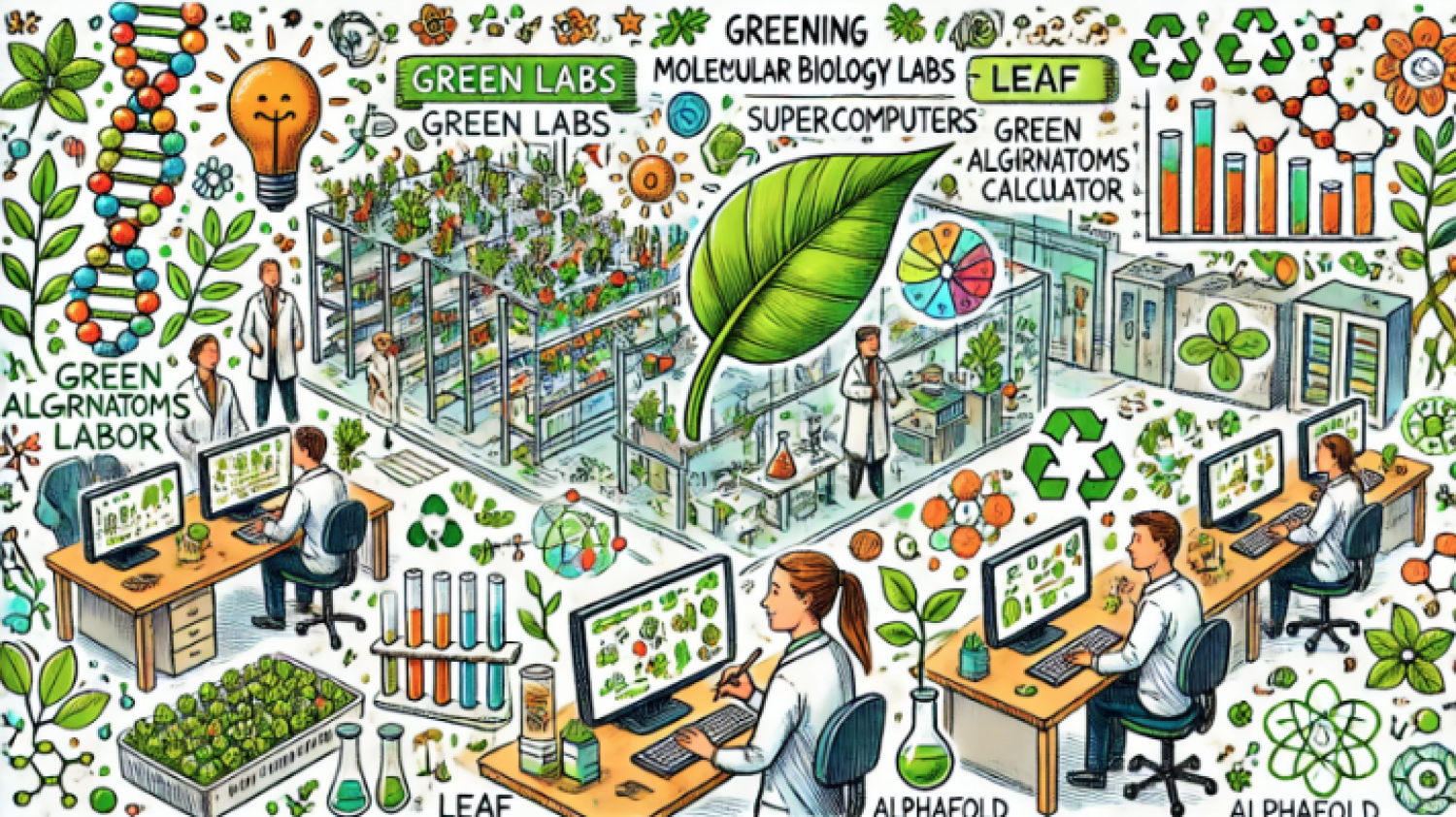Sustainable Science: Transforming Molecular Biology Labs for a Greener Future

The article, “Greening the lab”, written by Caroline Seydel, calls for a change, requesting that research culture become more sustainable particularly in the fields of molecular biology. For example, when setting up a lab, researchers should consider its carbon footprint, not just focus on what equipment will get the job done. “Sustainability advocates say there is still plenty of ‘low-hanging fruit’ where biology researchers can lessen their environmental impact without significantly altering their research goals and protocols.” (Seydel, 2023) However, it can be a complicated balance between prioritizing sustainability without compromising the integrity of research in the lab.
Paper use often comes to mind as an environmental concern in the professional world due to sourcing, processing, and packaging being a destructive process. It's important to remember that computer-based research tools have a higher environmental impact. Powering supercomputers, especially with nonrenewable energy, can carry significant costs for the planet, an area highlighted in the article. In microbiology labs, programs like AlphaFold use AI to predict protein behavior, reducing the need for resource-heavy wet lab experiments. However, these energy-intensive computers significantly increase a lab’s carbon footprint. “Lannelongue and others are working to raise awareness of the environmental toll of biological computing. ‘The field of computational science is lagging behind wet lab science for that kind of thing,’ [Loïc Lannelongue] says.” Jason Grealey developed Green Algorithms, a tool that allows lab researchers to quickly calculate the carbon offsets of their supercomputer usage, considering local grid energy sources.
Fortunately, tools have been developed to help minimize the impacts of the carbon footprints of supercomputers in lab-based research spaces. Some of these include the Green Algorithms calculator, LEAF (Laboratory Efficiency Assessment Framework), and My Green Lab Certification. Another great resource is Green Labs which has programs established at many major research universities. The CU Green Labs Program takes a collaborative approach to reducing energy, water, materials, and hazardous chemical use in CU Boulder laboratories. Lab members have access to shared resources, such as ultra-low temperature freezers, fostering teamwork and trust within the campus lab community. This approach serves as a strong example of how efficiently using equipment and lab space can positively impact university research, people, and the planet.
Funders are driving a cultural shift by introducing sustainability criteria into grant and funding applications. Initiatives such as the Million Advocates for Sustainable Science (MASS) Letter, My Green Lab, and the International Institute for Sustainable Laboratories (I2SL) are playing a key role in this movement. “Many funding agencies and institutions are incorporating sustainability criteria into grant applications and evaluation processes,’ says Namrata Jain, senior marketing manager for My Green Lab. ‘This shift in funding priorities contributes to the broader adoption of sustainability practices among researchers.” Researchers can help drive the change by signing the MASS letter.


